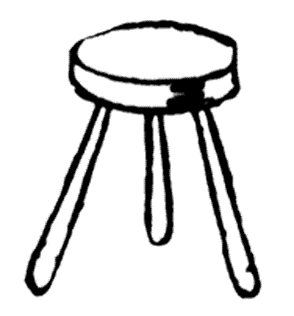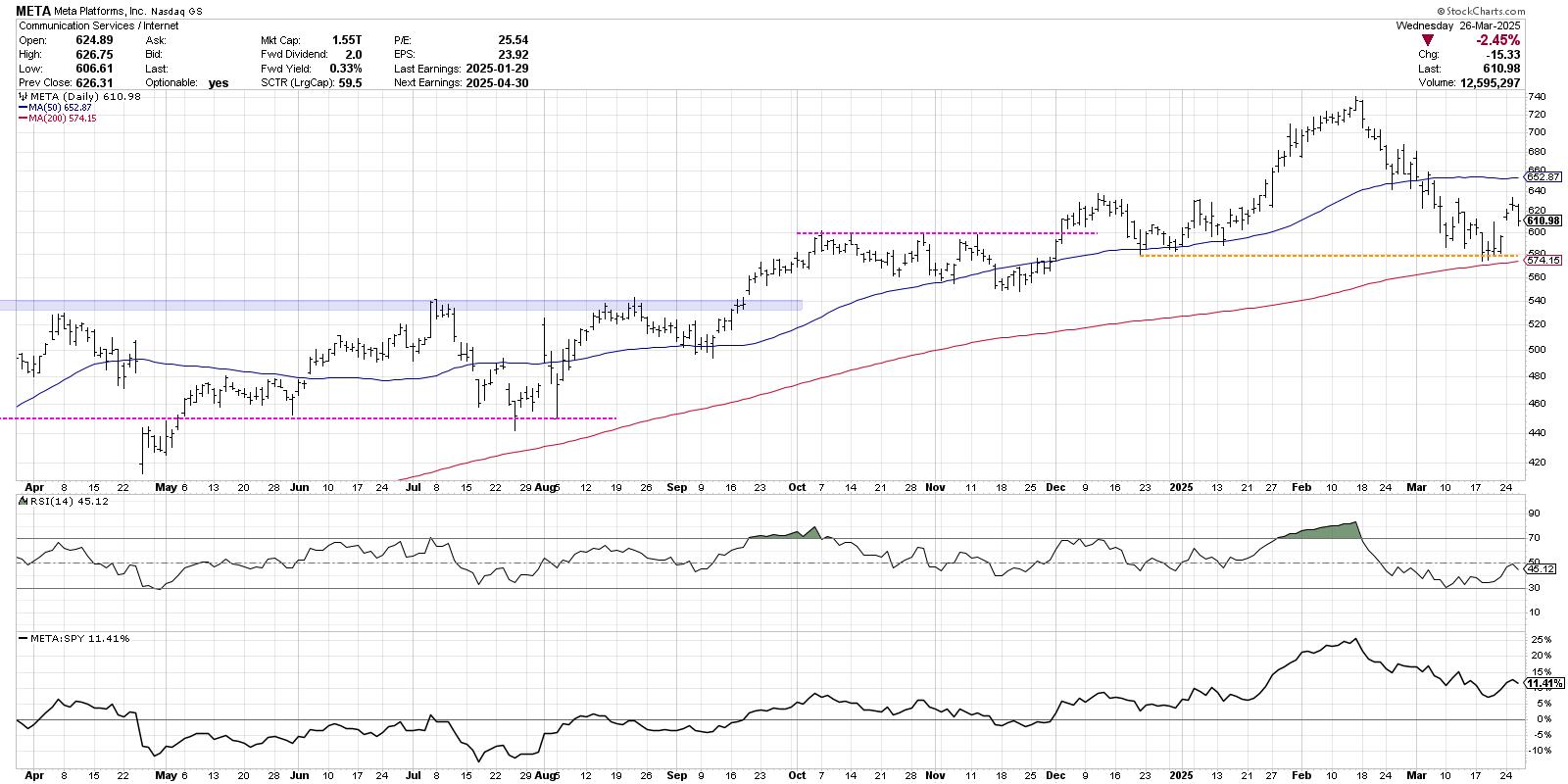 How many times have you bought something spontaneously, then after you got home regretted the decision? Most spontaneous decisions are based totally upon the emotion at the moment; a snap decision based upon a quick and often faulty evaluation. Examples might be: the big television you bought for the bedroom that won’t fit in your wife’s heirloom armoire or a fabulous air compressor for the garage that uses 220v and your garage isn’t wired for 220v. These decisions were not analytical or adequately evaluated. These emotionally driven purchases caused you to experience regret once you realized they had to be returned. Of course, if they couldn’t be returned it caused a totally different emotion, but that is not the subject here. Generally speaking, the best time to buy something is when you don’t really need it.
How many times have you bought something spontaneously, then after you got home regretted the decision? Most spontaneous decisions are based totally upon the emotion at the moment; a snap decision based upon a quick and often faulty evaluation. Examples might be: the big television you bought for the bedroom that won’t fit in your wife’s heirloom armoire or a fabulous air compressor for the garage that uses 220v and your garage isn’t wired for 220v. These decisions were not analytical or adequately evaluated. These emotionally driven purchases caused you to experience regret once you realized they had to be returned. Of course, if they couldn’t be returned it caused a totally different emotion, but that is not the subject here. Generally speaking, the best time to buy something is when you don’t really need it.
Another type of regret is when you purchase something and find out that it doesn’t live up to its claims or just doesn’t work like you thought it would; usually a victim of marketing hype. An entire industry has come into being to assist at trying to overcome this – consumer reports earlier, and now the internet. Hopefully this is all so you won’t have to experience regret at a later time – minimizing future regret.
Investors seem to forget history when making investment decisions. It has been over 6 years since the last bear market ended. This is like a review of ancient history with most investors, especially for those whose focus is on the latest piece of market information, economic report, or internet blog. Suffering investor regret is painful, and more times than not, more painful than any poorly evaluated purchase of a consumer good. Yet, for some reason, when it comes to an investment, most won’t even make the effort to return it (sell it). Somewhere, somehow, Homo sapiens have lost the ability to react to financial emotions differently than other emotions that occur outside of the world of their finances. Holding onto a losing investment, regretting you bought it, and justifying to yourself that when it gets back to where you bought it, you will sell it, is not only common, it is painfully foolish.
Have you ever done that? I have; fortunately not lately. In fact, most have, and unfortunately most will do so again. This is why a rules-based approach to the markets is necessary – it removes the human fallibility – that common trait that causes you to usually regret your emotionally-charged decisions. Hope and fear have no place in the decision-making process, especially when it comes to investments. You must overcome this in one way or another. If you can’t, you should consider professional help managing your money. I’m starting to sound like a broken record (does MP4 break?) but James Montier’s book, “The Little Book of Behavioural Investing,” is an absolute must read. The book will explain in simple terms why we make the foolish decisions we often make. I have read it twice and plan to read it once a year.
I follow a rules-based technical model that tries to keep me invested when the risk is acceptable and tries to keep me in defensive positions (generally cash or cash equivalents) when the risk is too high. I strive to minimize future regret by following this time-tested model with extreme discipline. I don’t know how many times I have had an uneasy feeling about buying or selling based upon my model because I had a different emotional feeling about the market. Too much financial television while on the treadmill, I guess. However, I do know how many times my gut feeling about the market was wrong; I’ll stick to my model thank you. If you seem to always find yourself on the wrong side of the market with your investments, think about this. Create a simple process that contains at least three major components.
1. Some method of reading what the market is currently doing. I prefer trend following. Sadly this is the only step many ever attempt.
2. A short set of rules that tell you exactly how to trade that information. This would involve the percentage of asset allocation, stops, etc.
3. The DISCIPLINE to follow the process, especially when it isn’t working as well as you want it to. See previous article on discipline here.
This three step process is like a three legged camp stool. If you have ever camped you know that a three-legged stool will be reasonably stable even though the ground may not be flat. However, this process, like the three-legged stool will tumble and fail if one of the legs break.

Later in the summer I plan on publishing a multi-part series of articles on the development of a rules-based trend following model. I also want you to know I read every comment. Early on I decided not to respond to the comments if a question is asked because it can grow to the point of getting out of hand - I'm retired, remember? However, I have decided to periodically post an article that is dedicated to responses to reader’s questions over the past month or so; hopefully there will be enough for an article. Always keep in mind that there are no absolutely right or wrong answers in technical analysis, there are just different beliefs and different ways of doing things. This blog shows my beliefs and my ways of doing things.
I have done a number of interviews over the past year. There are links to them in the About Author page. Please do not drive a car or operate heavy machinery after listening to any of them.
June is a packed month; I am playing in a Member Guest golf tournament, then my daughter, her husband, and twin seven-year-old girls come to visit, followed a week later with my son, his wife, and two boys (6 and almost 4) and daughter (1.5). I’m not sure when I’ll be publishing any articles as I probably won’t have the strength to type. Signing up for the email notifications will probably work well especially for the month of June.

And finally I just heard from Wiley/Bloomberg that my Investing with the Trend book will be published in Chinese later this year. I have had a number of friends tell me it is already Chinese to them.
Trade without Regret,
Greg Morris






